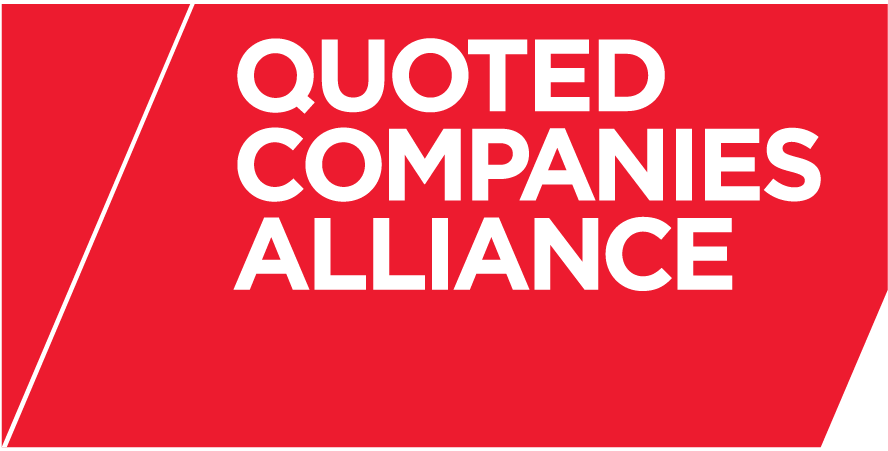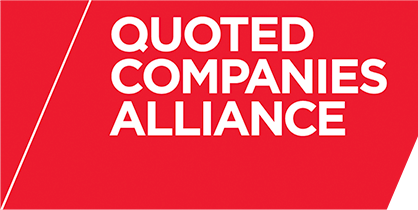The problem with communication is the illusion that it has been accomplished”. George Bernard Shaw probably did not have annual reports in mind when saying this, but he may as well have done. Communication lies at the heart of what investors want from the reporting that companies provide to the market.
But is the annual report a communications opportunity or a compliance obligation? Many would probably answer compliance. However the answer should be both, as increasingly investors are highlighting the need for more insight into the workings and assets of companies in which they invest.
Whether you call them non-financial value drivers or strategic capabilities, investors are attaching ever increasing importance to the narrative describing the business. Indeed some argue that as much as 60% of a small cap company's market valuation lies not on the balance sheet but in assets such as strategy, people, technology, patents, brands etc…
In an era of falling analyst coverage of smaller and thinly traded companies, the annual report is a once a year opportunity for investors (and potential investors) to re-assess their understanding of the company’s business model and strategy.
To find out more about what investors actually want from a company’s annual report, we at Radley Yeldar undertook a series of interviews with key UK investors and their organisations. We wanted to know how they value companies and what they need from annual reports.
“Having created a basic price/earnings to growth ratio,” explained a portfolio manager at a long only UK fund, “I look at the company narrative. What business is the company in? How sustainable is the sector and the macro prospects for that sector? What is the ‘equity proposition’ and will it make money over the next 10 years?” She went on, “I attach a ‘premium’ for the quality of management, for unique technology or market access.”
Another important theme in reporting to investors that emerged strongly was that of ‘granularity’. A noted GARP-styled investor told us, “Creating understanding of not only the broad high-level strategy, but also those of the operating divisions, allied to trends and changes in their individual market places, adds a depth to our understanding of how success is being created. This allows us to model with much more accuracy.”
But what are the practical measures companies can take? Themes emerged in our interviews.
First, less is more. As the important new Financial Reporting Council discussion paper, Louder than Words, on corporate reporting (available at www.frc.org.uk) puts it, “avoid distracting readers with immaterial clutter.”
Next, linking. A coherent story that joins up the company strategy with Key Performance Indicators (KPIs), risks and executive performance, helps analysis.
KPIs should be well chosen and few. Non-financial KPIs that are measurable help investors evaluate progress.
Risks are obviously a major theme in difficult times, not only at FTSE 100 banks, but particularly perhaps among new market entrants. The best annual reports not only list the risks the company faces, but profile the board culture on risk, the systems available to identify it and the mitigations in place.
Finally ‘survival’, especially in how well funded the business is. Pulling out and explaining key metrics used by investors such as debt ratios (especially gearing, interest and dividend cover), debt maturity profile, and contractual obligations will assist analysts relying only on the notes to the accounts.
If these are some of the content challenges laid down by investors, what are the delivery challenges? The online annual report grows ever more important to investors, as well as potentially reducing costs. For all stakeholders, the ability to search, analyse and compare quickly and easily is vital.
How do these investor needs translate into practical actions for those preparing their companies’ annual reports?
- Recognise the need to ‘tell the company story’ and its investment proposition consistently and clearly. Provide granular information at divisional level that analysts can extrapolate from.
- Look at how debt and risk information particularly is communicated. The huge variation in standards highlighted in Radley Yeldar’s report, ‘How does it stack up? Annual reports and CR reports 2009’, shows what’s possible and where improvements can be made.
- Investors will be on the hook to hold companies to account for their governance practices. Providing discussion of the governance culture, and especially the role of the Chairman – more than just compliance.
As always, observing others’ best practice can help. Radley Yeldar has just published its analysis of the 2009 crop of annual reports, How does it stack up? Annual reports and CR reports 2009.
Mark Hynes is an IR Consultant at Radley Yeldar, the annual report design agency. His background includes 20 years at the Financial Times and The Economist, before which he trained as an investment banker.

